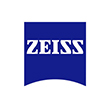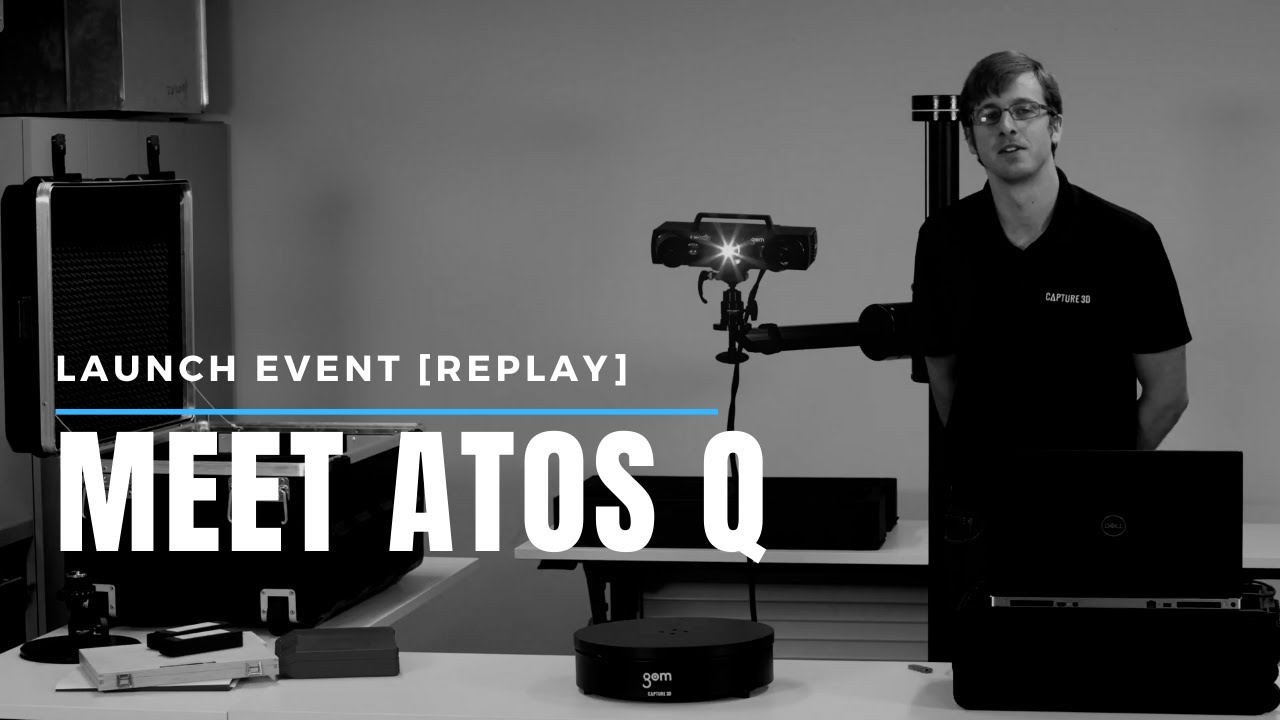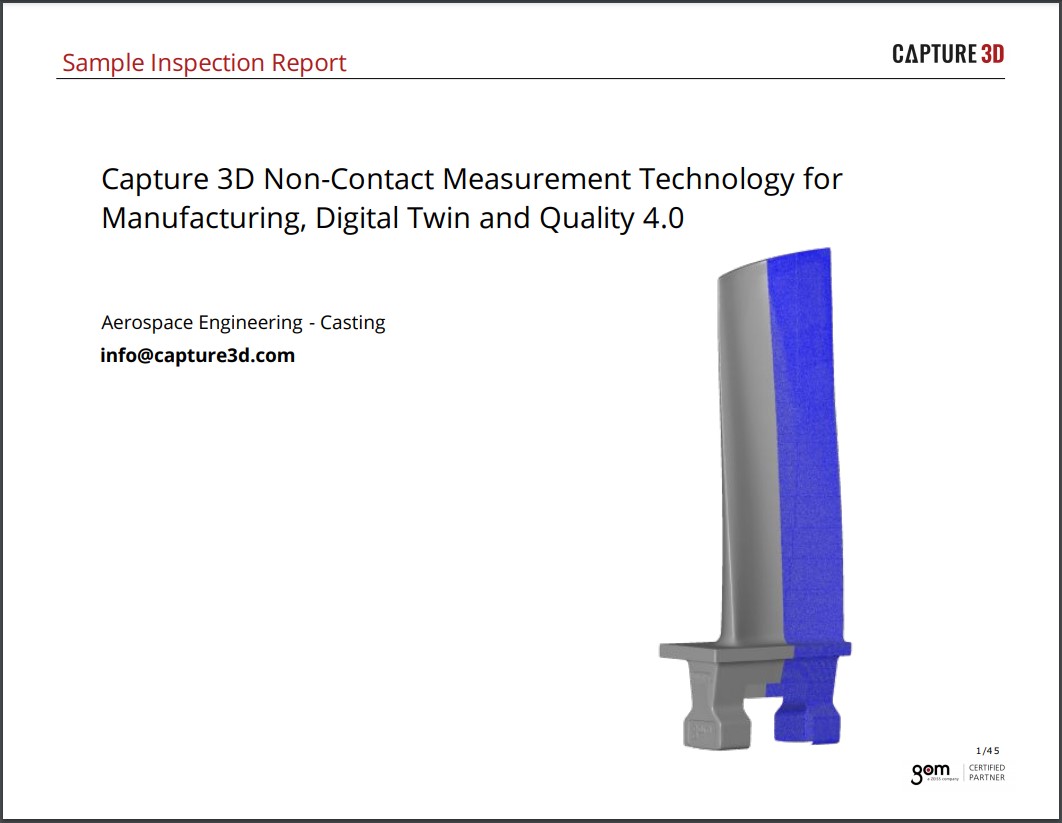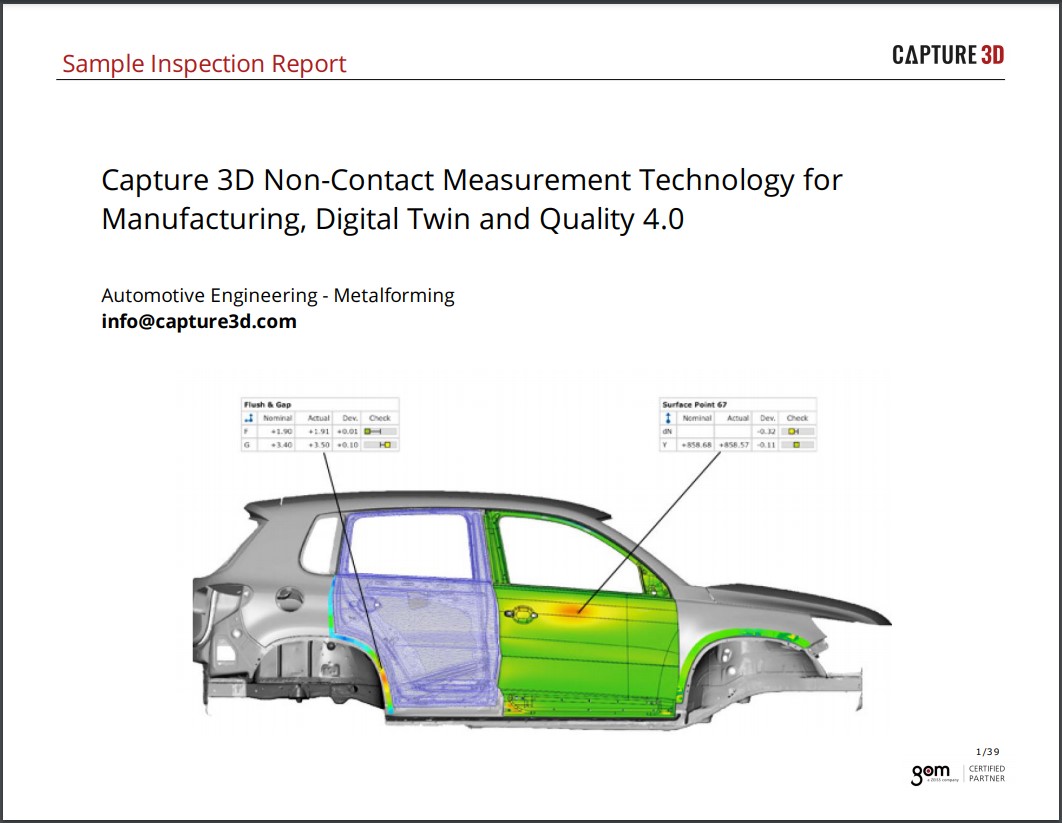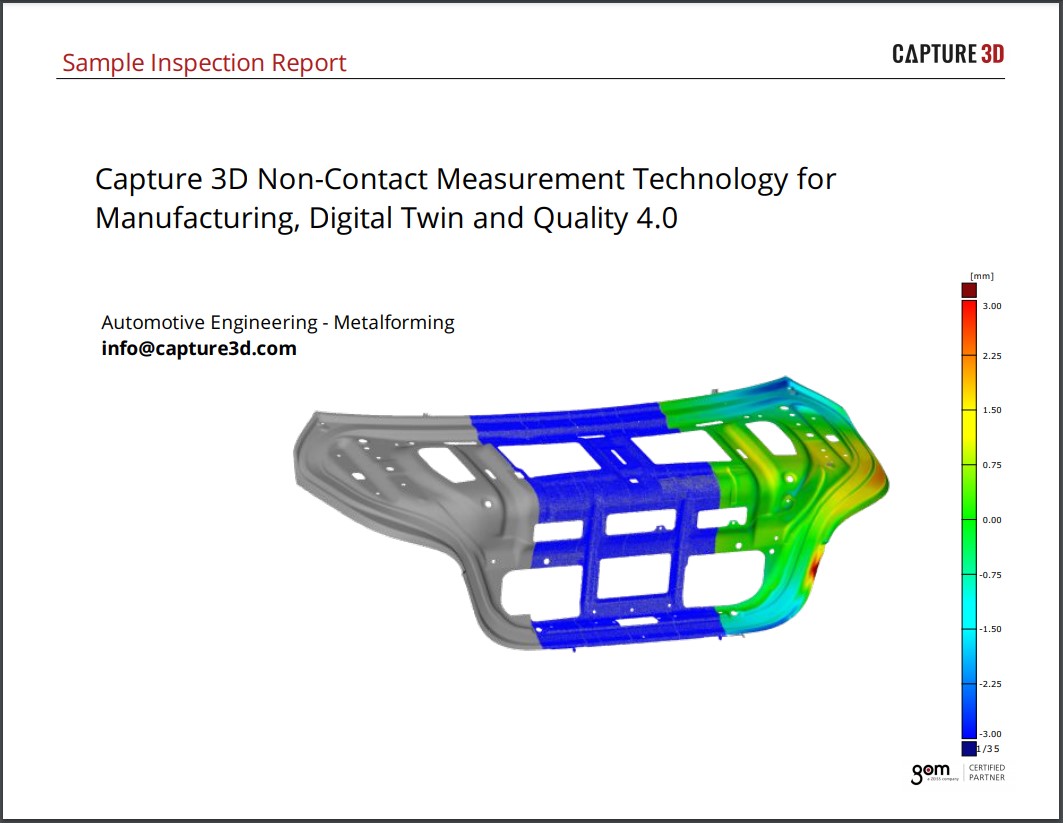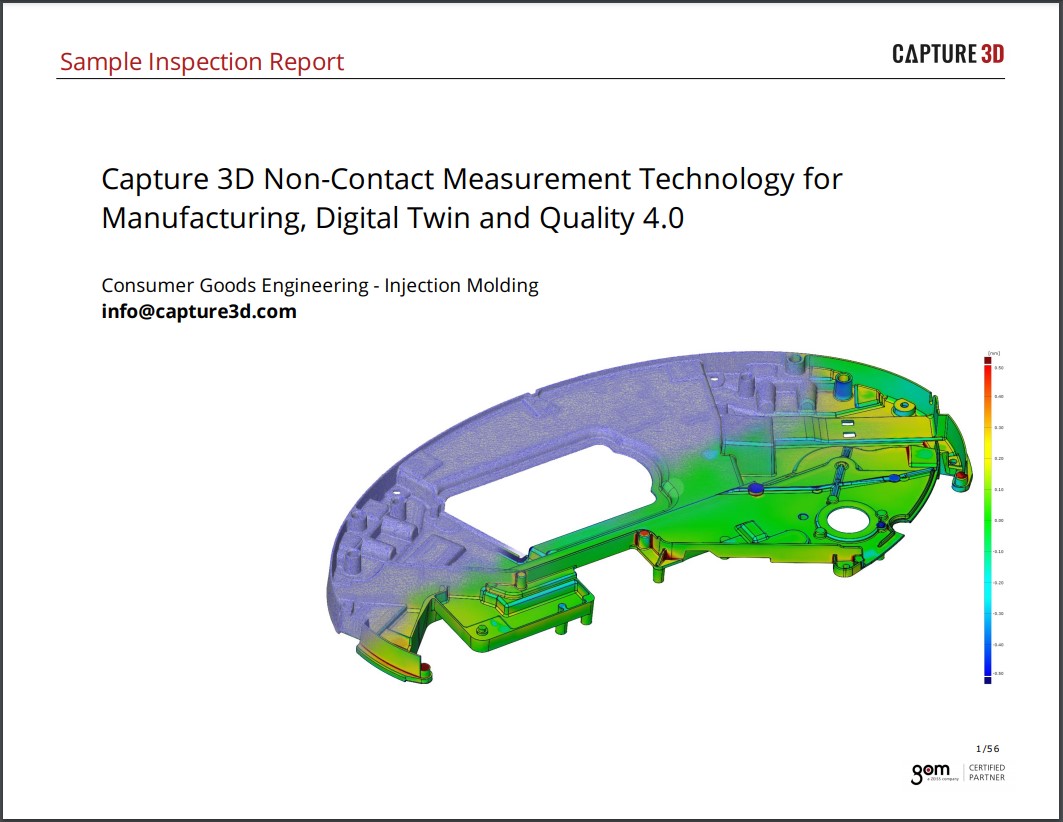How 3D Scanners Work
3D scanners are non-contact coordinate measuring machines (CMMs) that capture the geometry and appearance of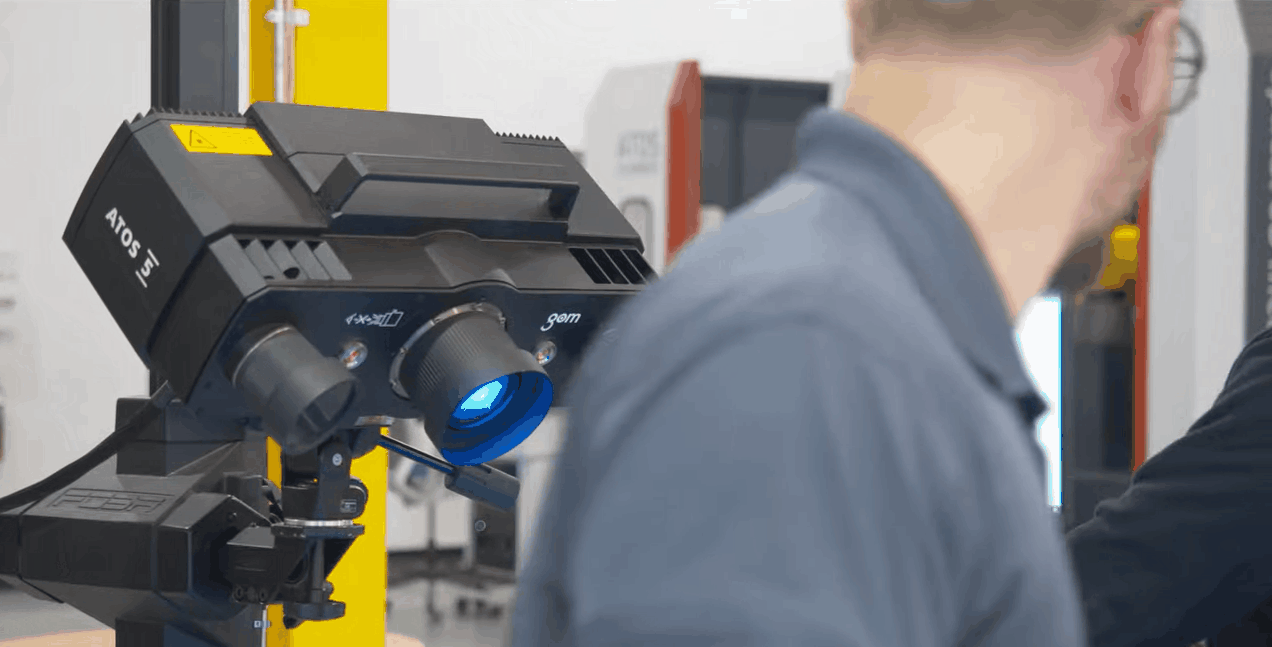 real-world objects and create digital 3D models known as digital twins. Various techniques are used to achieve this, but the most common method employed by modern 3D scanners is structured light 3D scanning.
real-world objects and create digital 3D models known as digital twins. Various techniques are used to achieve this, but the most common method employed by modern 3D scanners is structured light 3D scanning.
Here's an overview of how structured light 3D scanners work:
1. Fringe projection: The 3D scanner projects a light pattern onto the physical object's surface. This pattern is called a fringe pattern and could be a grid, a series of parallel lines, or zebra stripes.
2. Surface deformation: The light pattern deforms as it strikes the surface, based on its shape. This deformation causes variations in the pattern, which are crucial for capturing the object's geometry.
3. Imaging: Structured light 3D scanners have two cameras that capture images of the object while the light pattern is projected onto it from the light source between them. These images record the deformed pattern resulting from the object's shape.
4. Triangulation: By analyzing the deformed pattern in the images, the scanner calculates the 3D coordinates of each point on the object's surface. This process is based on triangulation, which involves finding the intersection points of known light rays in the projected pattern.
5. Point cloud generation: The 3D scanner collects millions of 3D coordinates, forming a "point cloud" representation of the object's surface. Each point in the cloud corresponds to a specific location on the object.
6. Mesh creation: To generate a more usable and complete 3D model, the point cloud is processed further to create a mesh. A mesh is a collection of interconnected polygons that form a geometric representation of the object, otherwise known as a digital twin. This mesh can be represented as a wireframe or filled with texture information captured during the scanning process.
7. Post-processing: Once the mesh is created, additional steps can be taken to refine and optimize the 3D model. These steps may involve filling holes, reducing noise, aligning multiple scans for larger objects, and applying texture mapping. These steps can be reduced or applied automatically depending how which 3D metrology software you use.
It's important to note that other types of 3D scanning technologies, such as laser scanning, time-of-flight scanning, and photogrammetry, employ different principles and techniques. However, structured light 3D scanning is one of the most commonly used methods due to its accuracy, speed, and affordability for many applications. If you want to learn which 3D scanner works for your application, contact us!
